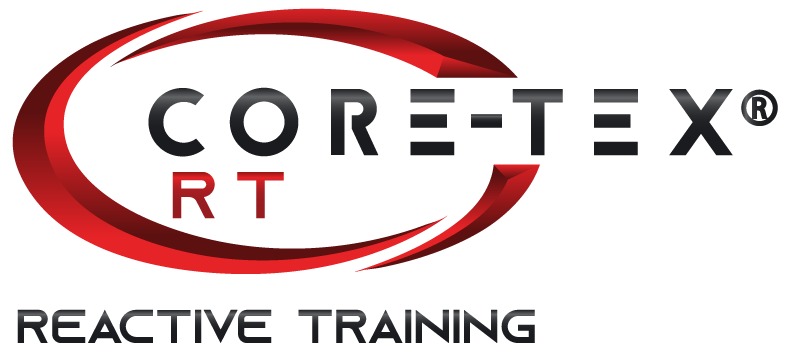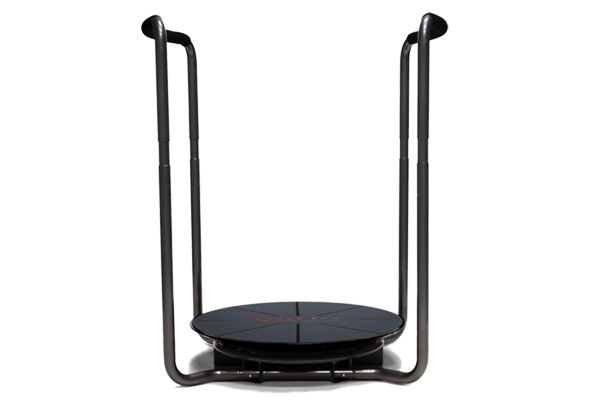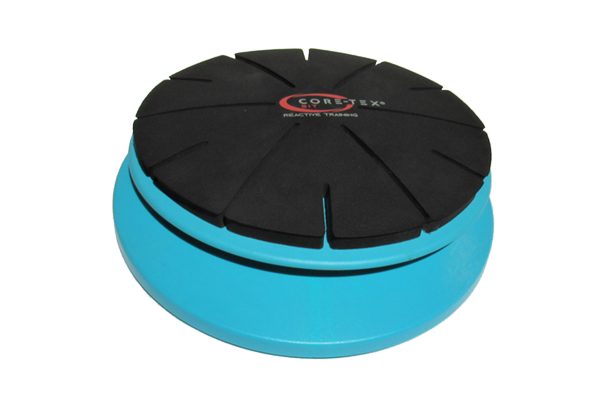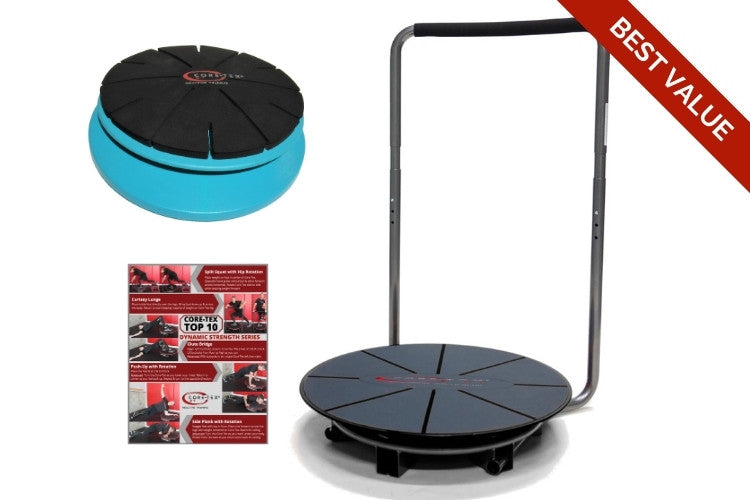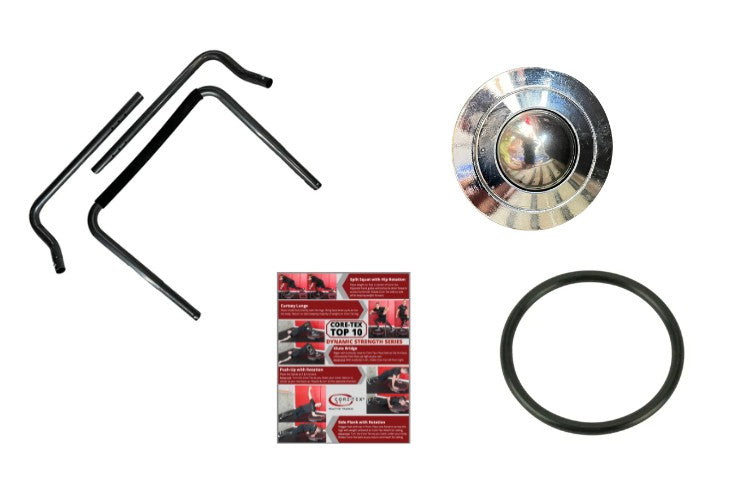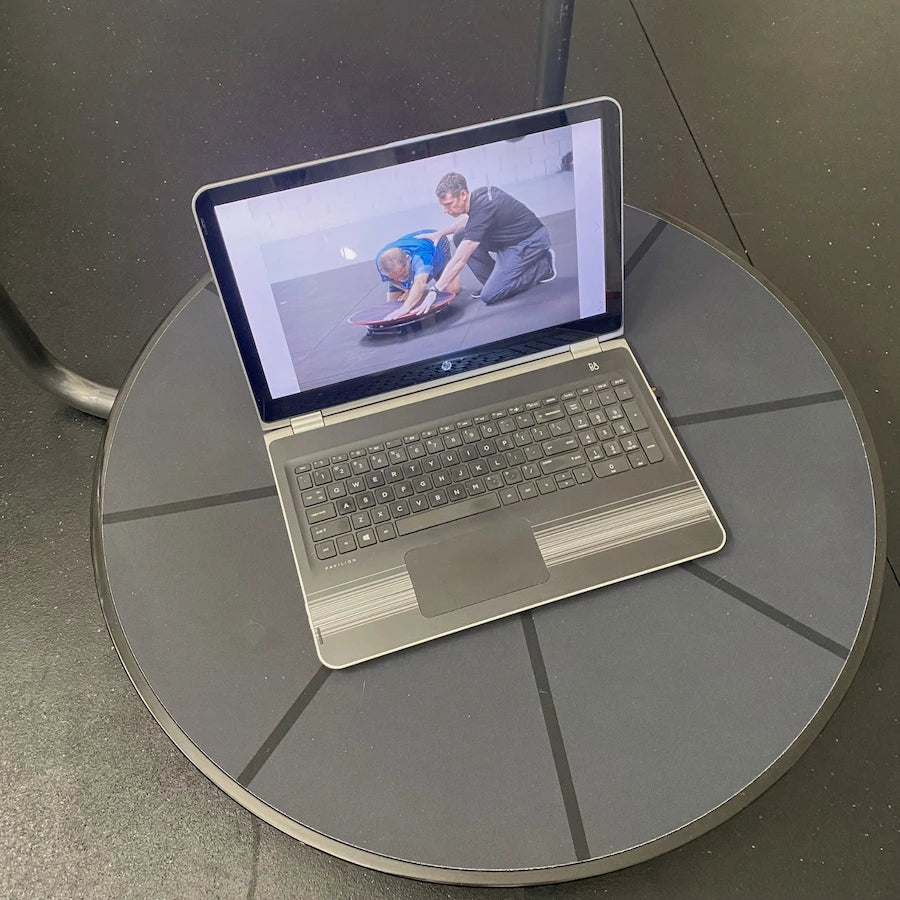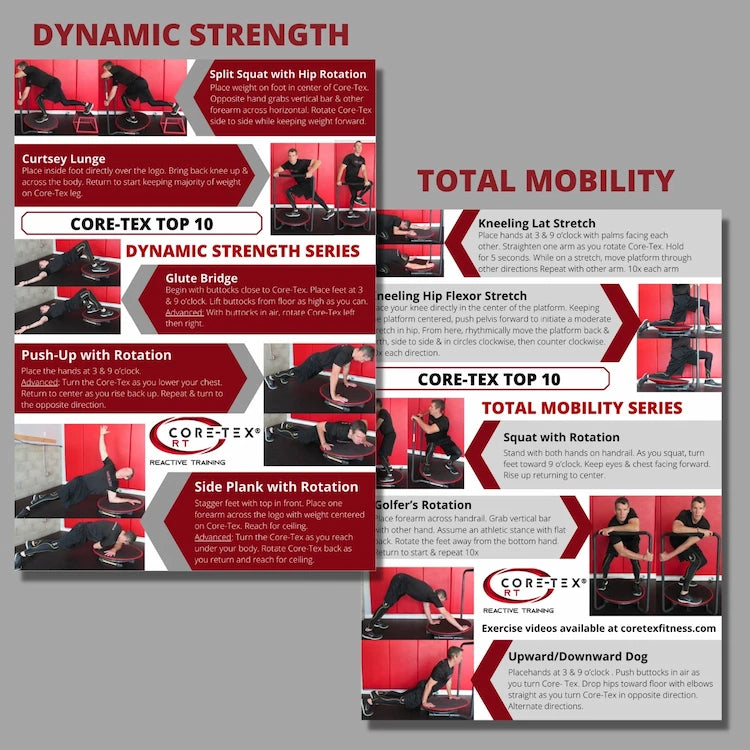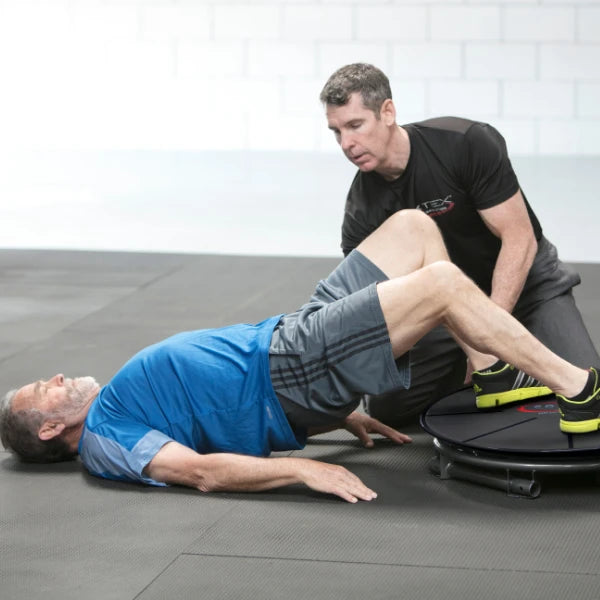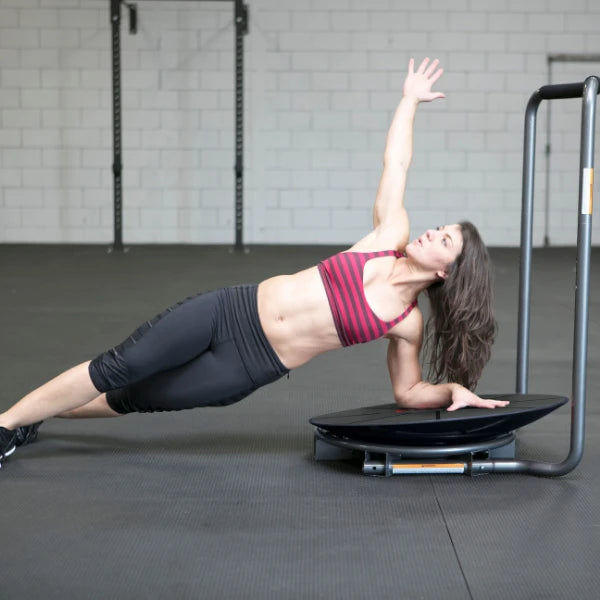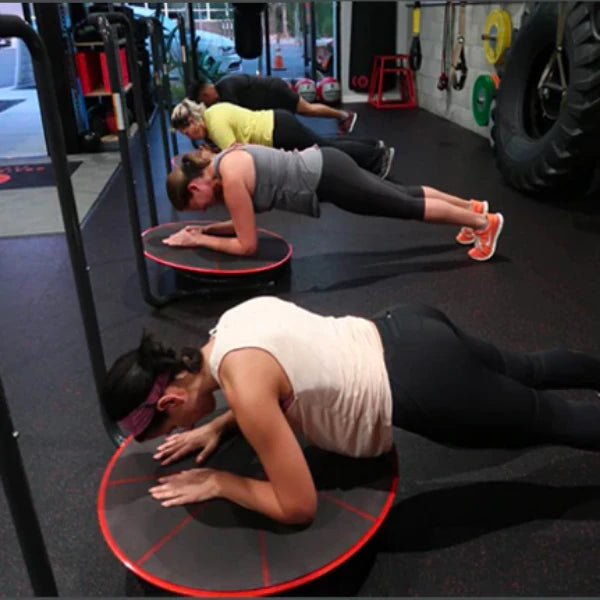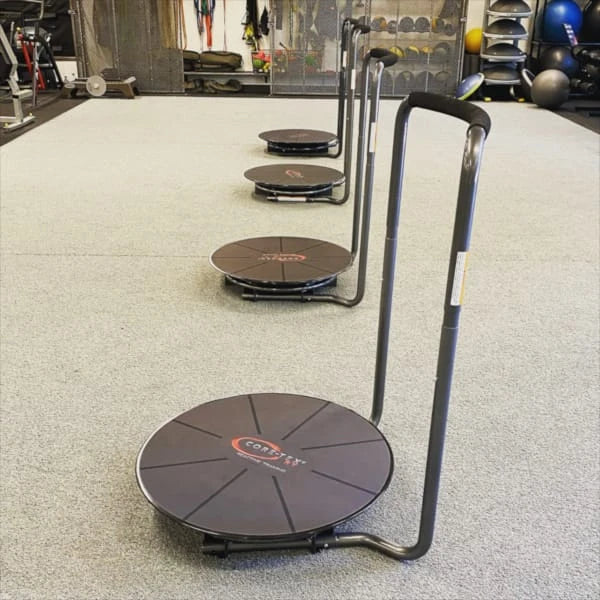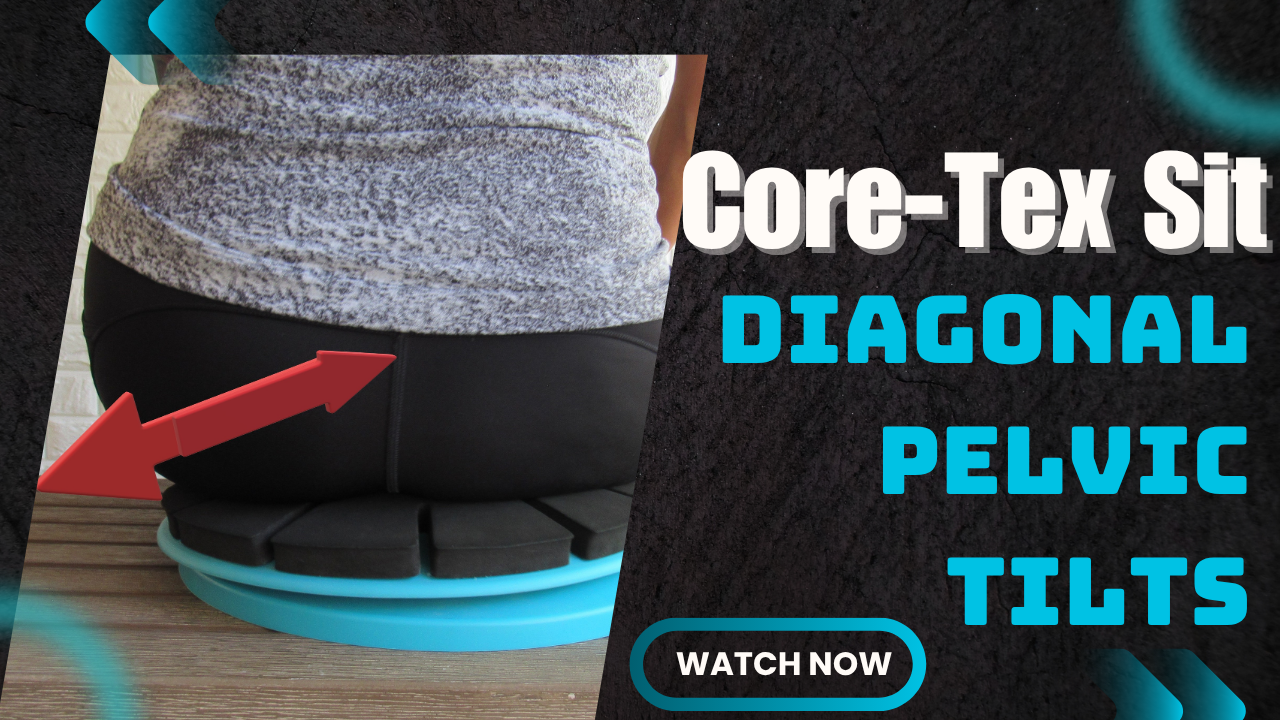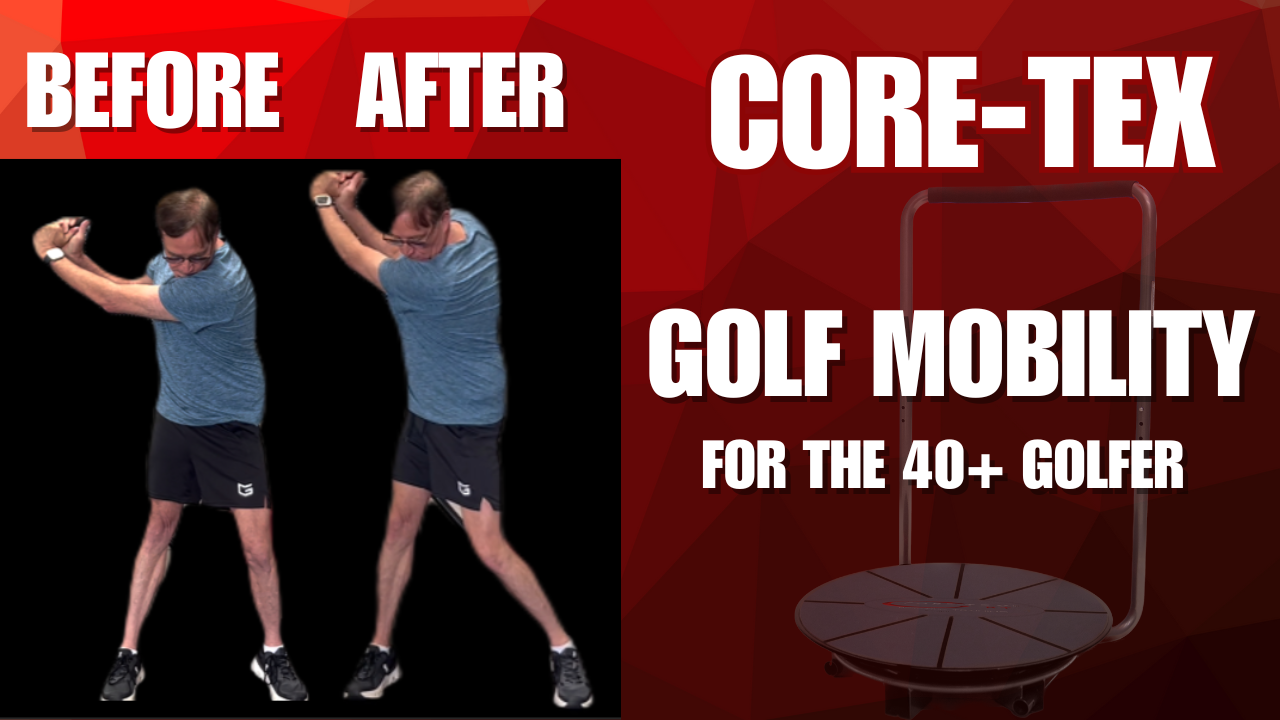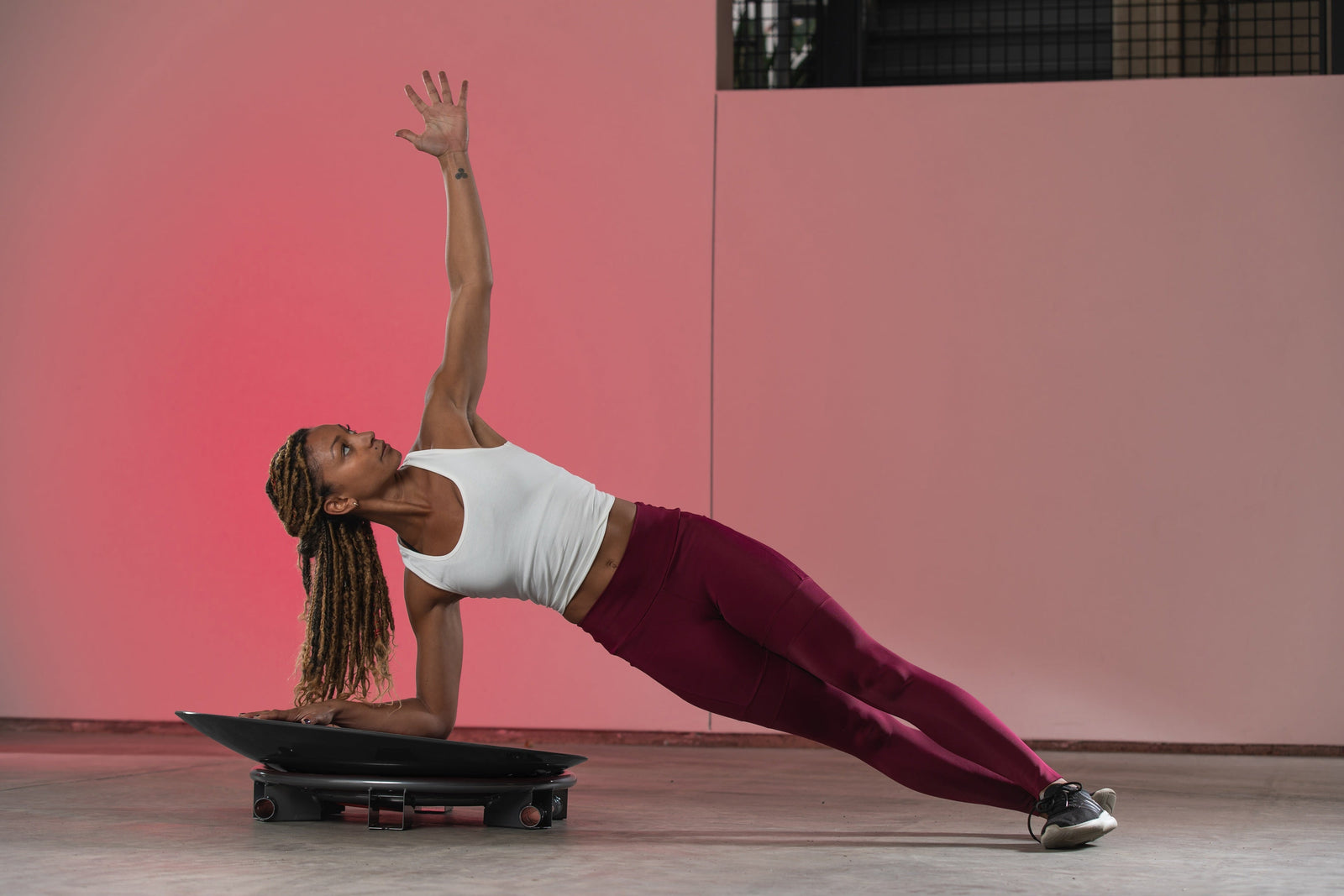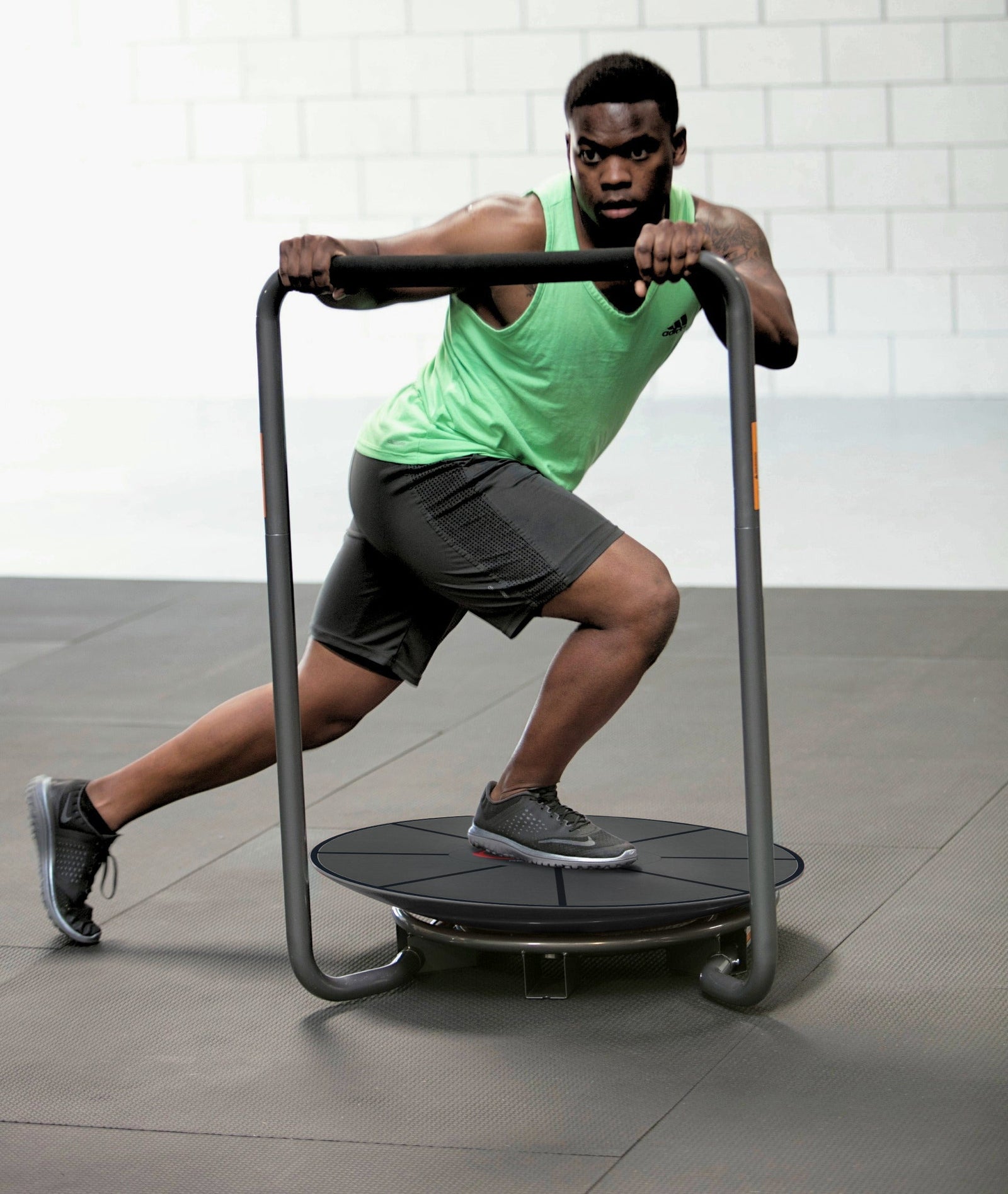Why Small Movements Matter When You Sit: New Research Highlights the Benefits of Dynamic Sitting
If you spend long hours at a desk, you’ve probably felt the aches and stiffness that come with it. But recent research shows it’s not just about how long you sit — it’s about how you move while sitting. This insight is especially important for people managing chronic lower back pain and those hoping to prevent it.
What the Research Found
A recent study compared trunk (upper body) movements in office workers with and without spinal pain. Using motion sensors, researchers tracked subtle shifts in posture while participants sat and worked (citation and full link to the paper at the end of the post).
Using dynamic sensors on the subject, the results revealed that people with chronic spinal pain moved their trunks more unpredictably and with greater variability, especially in the anterior-posterior (front-to-back direction). These irregular patterns suggest that when discomfort is present, the body unconsciously adjusts posture in less efficient ways. Meanwhile, those without pain showed steadier, more controlled movements over time.

Even more importantly, prolonged static sitting contributed to unhealthy postural habits in both groups — something easily overlooked in traditional office ergonomics which too often recommends sitting "square" with the right angle rule at the knees, hips and elbows for indefinite amounts of time.
Why This Matters for You
The study confirms that prolonged sitting without movement increases strain on the body and can lead to dysfunctional movement patterns. But it also highlights a simple, actionable solution: introduce small, varied movements throughout your day.
That’s where Core-Tex Sit comes in. Designed to promote dynamic sitting, Core-Tex Sit encourages gentle, multidirectional shifts in posture while you work. This not only keeps your spine healthier but helps reduce the risk of developing chronic pain from sitting too long.
The Takeaway
If you’re looking to improve posture at work, prevent back pain, or manage existing discomfort, adding dynamic sitting tools like Core-Tex Sit is an easy, effective step. It’s not just about comfort — it’s about better spinal health, improved movement quality, and reducing the risks associated with static sitting.

Oliosi, E.; Júlio, A.; Probst, P.; Silva, L.; Vilas-Boas, J.P.; Pinheiro, A.R.; Gamboa, H. Exploring the Real-Time Variability and Complexity of Sitting Patterns in Office Workers with Non-Specific Chronic Spinal Pain and Pain-Free Individuals. Sensors 2024, 24, 4750. https://doi.org/10.3390/s24144750
Want access to the full article? You can read it here: https://bit.ly/sitpain
